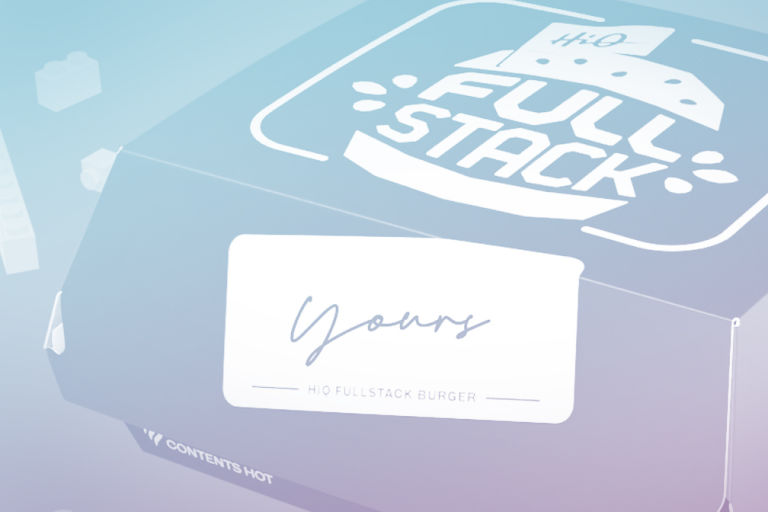Automation revolution - What does "Automation Done Right" mean?
A good automation solution makes life easier and more effortless at best. At worst, automation can plunge entire organizations to the gates of doomsday.


The time we live in is in many ways challenging, surviving from crisis to crisis. However, for operators producing creative IT solutions, the last twenty years have been a golden age of growth and new ideas. Sometimes services have been shaped into a new form with various web and mobile solutions, and sometimes the shortage of workers has been tackled with intelligent automation. One can speak of an "automation revolution", where light solutions solve business problems faster and more cheaply than with heavy information system projects.
The main fuel for this revolution has been people's dissatisfaction. Dissatisfaction that stems from the frustration of doctors, civil servants and office workers working on laptops with rigid information systems that cannot keep up with the needs of professionals as the world around them changes. The same people are used to smoothly functioning and constantly updated applications in their free time. The first spark of the revolution was born around the time of the launches of Facebook (2004) and iPhone (2007).
Stages of the revolution
This business-oriented revolution has progressed in stages. The analyst company Gartner has followed this change in its "Hype Curve" publications. The Hype Curve aptly describes how alternative BPM (Business Process Management) solutions that make use of system interfaces emerge alongside ERP (Enterprise Resource Planning) systems, and finally, as we enter the 2010s, software robots operate on user interfaces. Every organization now has the opportunity to solve practically any problem, even without undertaking a heavy IT project.
Over the past few years, the automation revolution has reached the same point as the French Revolution, where "the revolution ate its own children". In other words, the "extremists" of the new wave seek to displace the forces that set the revolution in motion in the first place. In the same way, software robots have started to implement work automation even in cases that would be most effectively implemented via integrations.
Many of us have surely seen James Cameron's Terminator 2 movie. In it, the Skynet application, which was developed to make people's lives easier starts working against the will of its developer. Ultimately, extreme efforts are required to stop the app from wreaking havoc. Similar doomsday possibilities have been proven to be possible in organizational automation projects gone wrong. The control of the automation was finally successful in the film by programming the straightforward, reliable and reliable T-800 model played by Arnold Schwarzenegger for the task.
The intelligent combination of automation
In the vortex of the revolution, HiQ's customers have adopted the "Automation done right" concept instead of Skynet. It is a platform that combines integrations, artificial intelligence and software robotics, which allows you to develop and run automations with several different technologies, from one and the same hyper-automation user interface. The solution has resulted in savings of up to 50% compared to the initial state, and the organization also benefits from seamless cooperation between business and IT. As a result, the customer experience improves and the possibilities of use are increasing, and most importantly, we can achieve a tremendous development rate without fear of the end of the world!
Sometimes you can learn a lot from history and stories. Each solution should be designed for exactly the right need; the latest technology does not always produce the best end result. A well-managed entity is as important as the technical solution itself. And a good slogan guarantees that the revolution will go down in history, be it "viva la revolución", "hasta la vista, baby" or even "automation done right".

Timo Maisila
Director, AutomationAuthor has over 23 years of experience in process automation and integration.
